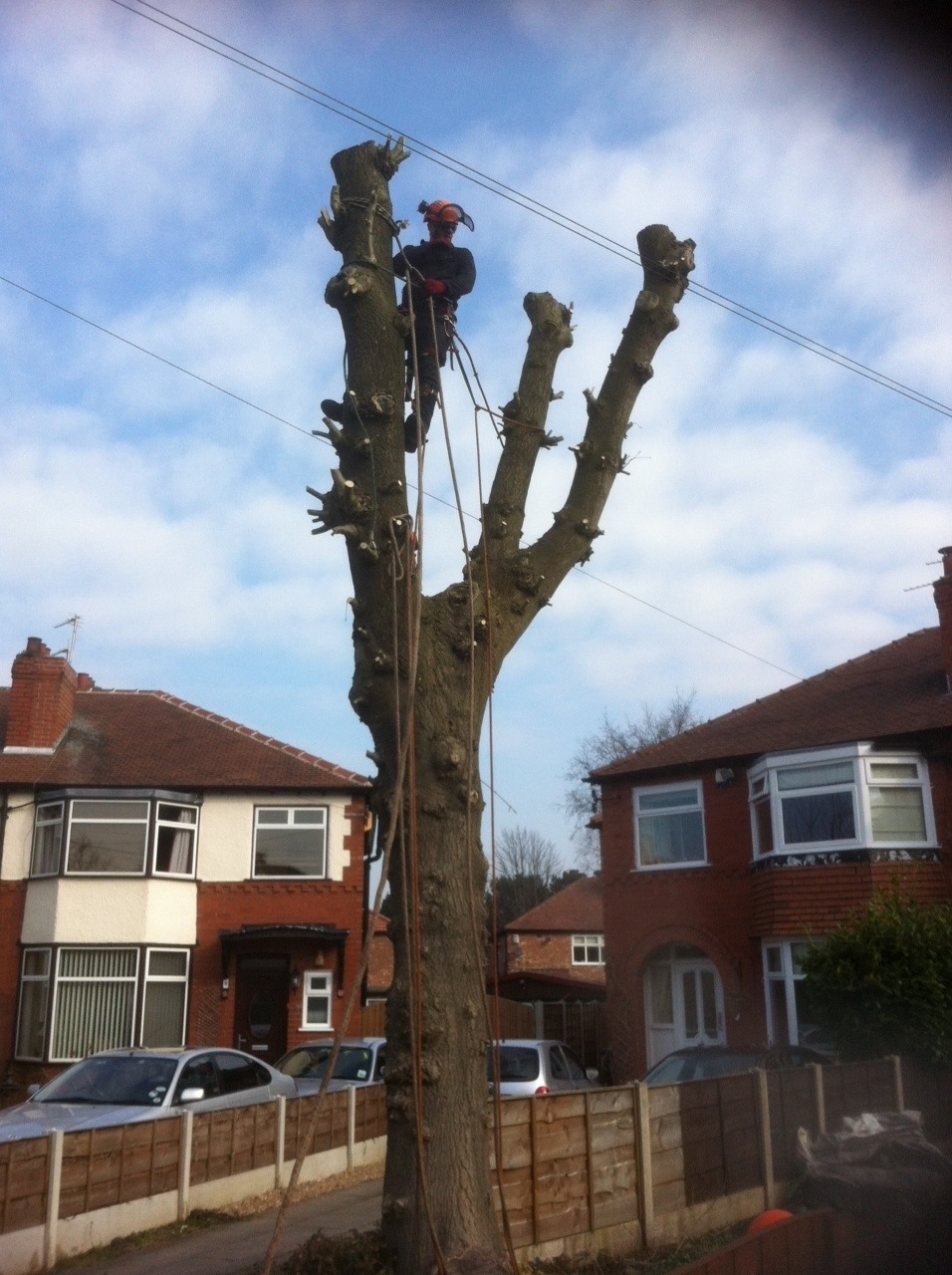Ash dieback: landowners will be paid to restock woodlands
The ‘ash management plan’ aims to slow the spread of the fungus, which threatens 129,000 hectares of the Uk
Landowners in England will be paid to remove young ash trees and replace them with other species to help slow the spread of the disease killing them, the environment secretary said on Tuesday.
Announcing the government’s “ash management plan”, Owen Paterson said an additional £1.5m would be spent to identify populations of ash trees that are resistant to ash dieback, which was discovered in the UK last year.
The plan accepts that the disease, which threatens the 129,000 hectares of the UK covered by ash, cannot be stopped and the most that can be hoped for in the short and medium term is to slow the spread of the fungus, which will continue to be monitored.
Paterson said: “We know we can’t stop Chalara fraxinea infecting our ash trees, so we have to throw our resources into managing it and slowing the spread. A key part of that strategy will be identifying those trees which have a natural resistance to the disease so that we can restock our woodlands in the future.”
In England, grants will be made available in a bid to stop the spread of the disease from the east of the country to the west. The amount the government will spend on replacing young trees will depend on demand, said a spokeswoman for the Department for Environment, Food and Rural Affairs (Defra).
Landowners will be paid to remove recently planted ash from high priority areas – a band running from Cornwall and Devon and then north through Gloucester and up to the Midlands – and replace the trees with other species. The latest official map of the disease’s spread shows it has now reached 427 sites across the UK, up from 309 just before Christmas.
Mary Creagh MP, the shadow environment secretary, accused the government of abandoning sections of the UK: “This management plan makes clear that some areas of the country are being left to ash dieback disease and others protected and the public will want a full explanation of why ministers have made those choices. This is the biggest tree disease to hit the country since Dutch elm, yet the government has quietly published this plan on the day that parliament rises for Easter, so there is no chance for MPs or the press to question hapless Defra ministers on their plans.”
To the relief of some ecologists, the plan suggests mature trees should not be felled in a bid to slow the disease’s spread. An import ban, introduced last October to stop the disease – which is believed to have potentially arrived via imports of European-grown ash saplings – will stay in place, Defra said.
Harry Cotterell, president of the Country Land and Business Association, said: “We are particularly pleased the government has resisted the temptation to issue compulsory felling notices and chosen to give landowners help towards the costs of removing and replacing young infected ash trees.”
Simon Pryor, director of natural environment at the National Trust, said: “It is too late to eradicate this disease, but this plan could buy us time. If we – government, landowners and foresters – can all work together to reduce the rate at which it spreads across the country we can find ways to ease its impact on our landscapes and wildlife. But we must use this time energetically, to explore every possible way in which we can increase the resilience of our trees and woods.”
The Woodland Trust welcomed the grants and the suggestion that mature trees should not be felled. Sue Holden, Woodland Trust chief executive, said: “We will be providing land on two of our sites as part of the long-term study Defra has announced today into finding resistant strains of ash. We are also working alongside a number of partners as part of our own plan and commitment to determine a joint and practical way forward for our native woods and trees.”
In the long term, the government said it would identify and grow resistant populations of ash, by planting 250,000 trees at up to 25 sites, mostly in East Anglia. In Denmark, the disease has already been detected in more than 90% of the country’s ash trees, many of which will die as a result.
However, the plan broadly rejected the use of treatments or cures as a silver bullet for stopping the disease. “We are advised against expecting to find a treatment which can be widely applied to protect woodland or treat an infected wood or forest. Treatments may have a role, though, in protecting individual trees or groups of trees, or reducing production of spores, level of damage and rate of spread in some circumstances,” it said.
Harriet Tupper, who chairs the International Dendrology Society, has written to Paterson criticising the lack of a search by government scientists for a treatment: “It is pessimistic not to try to find a cure/antidote. Over the centuries, scientists have discovered cures for many diseases, of humans, animals and plants. There is no reason why this cannot also happen for Chalara fraxinea. No antidote was found in Poland or Denmark, but of the trees in those countries, ash represented only a tiny fraction unlike the situation in the UK.”
Today’s plan is an updated version of an interim “control” plan published in December, which was prompted in part by the discovery of the disease in the wild in Norfolk and elsewhere in the country last October. The disease’s spread will become clearer when summer arrives and leaves grow back – infected trees can be identified by diamond-shaped lesions on stems and crowns to “die back”, with the fungus causing infections between June and October.

